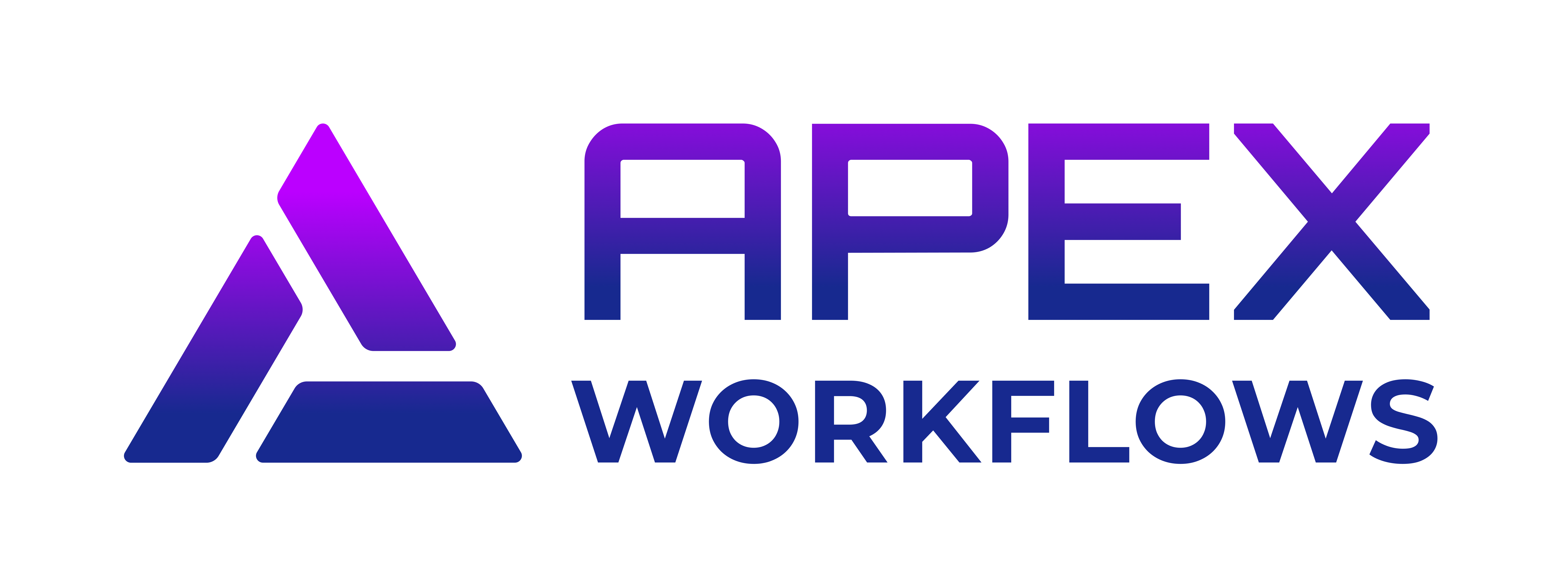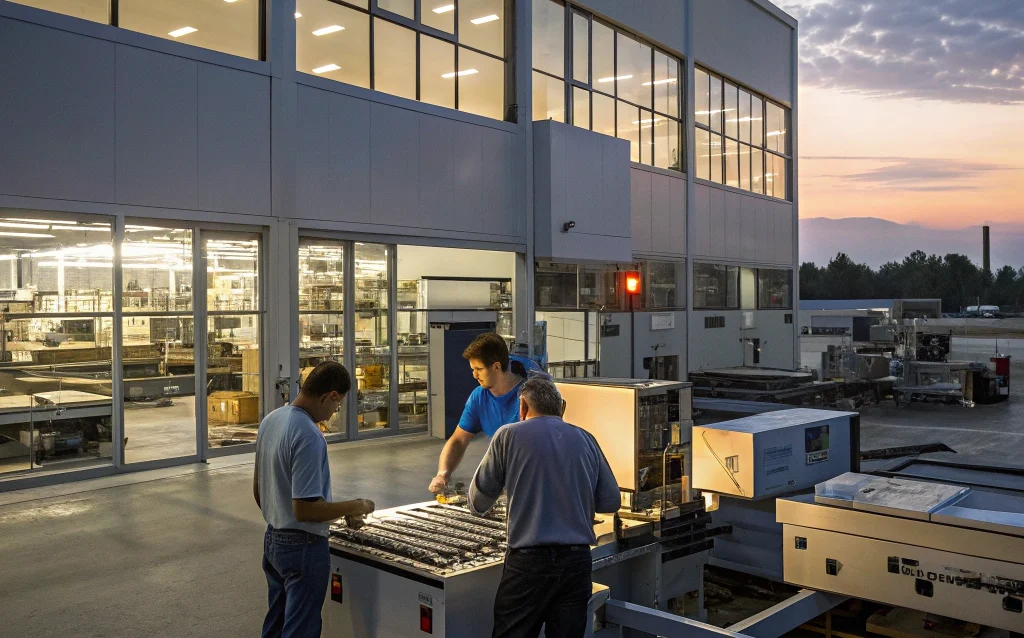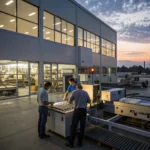In recent years, artificial intelligence (AI) has become a transformative force in manufacturing. From automating repetitive tasks to optimizing end-to-end workflows, AI is reshaping how factories operate. One of the most impactful applications on the horizon is AI forecasting in manufacturing—a strategic use of machine learning and real-time data to predict and optimize processes. By 2025, AI forecasting will be at the forefront of a new era of efficiency, helping manufacturers pivot from reactive decision-making to predictive and even prescriptive operations. Key trends such as real-time analytics, predictive maintenance, and the rise of smart factories are setting the stage for what experts are calling "Predictive Ops"—a data-driven approach to running manufacturing plants with unprecedented agility and precision.
How AI Forecasting is Evolving in Manufacturing
AI forecasting in manufacturing refers to the use of AI algorithms to predict future events and outcomes in production environments. This includes forecasting equipment failures, predicting demand, and optimizing resource allocation. The traditional model of reacting to breakdowns or delays is rapidly being replaced by predictive Ops—where machines and systems use data to foresee issues before they occur and recommend the best path forward.
Foundational to this shift is the explosion of real-time data. Data-in-motion platforms such as Apache Kafka and Apache Flink now allow manufacturers to analyze streaming data at the edge, enabling instant responses. Predictive analytics no longer relies solely on historical reports; it evolves with live sensor inputs and contextual insights. This marks a shift from isolated data silos to interconnected intelligence that drives daily operations.
Driving Forces Behind Predictive Ops in 2025
A major catalyst for predictive capabilities in manufacturing is the integration of AI and machine learning into production pipelines. Algorithms can identify analog-based patterns that escape human notice, learning from each production cycle to improve accuracy. The manufacturing sector is seeing major investment, with the industrial AI market projected to surpass $20 billion by 2025, driven by increasing automation and connected devices.
Edge computing is playing a critical role by bringing intelligence closer to where data is generated. This reduces latency, enabling real-time decisions that are vital for high-speed industrial environments. Coupled with industrial automation, factories can deploy closed-loop systems where feedback from processes leads to immediate adjustments.
2025 will also be defined by the emergence of advanced foundation models and generative AI (GenAI) copilots. Large language models—adapted for industrial use—assist human workers in diagnostics, maintenance, and engineering tasks by synthesizing vast datasets into actionable insights, thereby reducing the cognitive load on operators and engineers.
Boosting Manufacturing Efficiency Through Predictive Ops
Real-world examples already show the dramatic impact of AI forecasting in manufacturing. Renault implemented AI-driven analytics across its operations and saved over €270 million annually through improved throughput and reduced downtime. Georgia-Pacific, a major paper products manufacturer, uses machine learning-based forecasting to reduce process variation, conserving resources and enhancing quality.
AI forecasting boosts manufacturing efficiency by improving machine uptime and resource utilization. Instead of scheduling preventive maintenance based on general timelines, systems now recommend interventions only when data suggests risk. This minimizes unnecessary downtime and increases machine longevity.
Predictive models also optimize input usage and energy consumption. By forecasting variations in processes, production can be dynamically adjusted to minimize waste. Resource allocation, workforce planning, and even supply chain coordination become more synchronized—unlocking higher overall efficiency.
Unified data lakes and DataOps platforms are at the heart of this transformation. These architectures allow companies to ingest, store, and contextualize data at scale, making predictive modeling fast and reliable across departments and vendor ecosystems.
Predictive Maintenance: A Core Use Case of AI Forecasting
Predictive maintenance remains one of the most practical and high-ROI use cases of AI forecasting in manufacturing. By proactively identifying signs of equipment fatigue or failure, manufacturers can avoid costly unplanned outages and extend the life of assets.
The effectiveness lies in combining IoT sensors with AI algorithms to analyze millions of data points in real-time, identifying anomalies far earlier than traditional methods. Pegatron, for instance, uses its PEGA AI system to monitor factory operations at a granular level, spotting issues through microsecond variations in machine behavior. Similarly, Siemens integrates AI models within its Teamcenter platform to deliver maintenance alerts, optimize workflow timing, and predict asset reliability.
The outcome is not just cost savings, but also increased operational resilience. Teams shifting from firefighting breakdowns to managing long-term asset performance position themselves for strategic growth and response—and enable leaner, more agile manpower planning.
The Role of Smart Factories and Industrial Automation
By 2025, the modern smart factory will resemble a fully connected ecosystem where AI, robotics, and humans collaborate seamlessly. Machines will self-calibrate, faults will be addressed automatically, and AI copilots will aid human technicians with diagnostics, decision-making, and repairs.
Smart factories use sensor networks, machine learning, and cloud-based platforms to maintain optimal conditions with minimal human intervention. Real-time quality control ensures that defects are caught as they happen, drastically reducing scrap rates. AI copilots—trained on millions of processes—offer support through natural language queries, slicing through complexity and surfacing actionable recommendations.
Industrial automation and AI forecasting reinforce each other. As robots handle more physical tasks, AI models ensure those tasks are performed in the most efficient manner possible. From production scheduling to inventory forecasting, every stage becomes a data-driven decision point.
Overcoming Key Challenges in AI Forecasting Adoption
Despite the promise, AI forecasting comes with its share of hurdles. One major bottleneck is the talent gap. Manufacturing organizations must invest in upskilling workforces to operate AI systems effectively. Programs like the Toyota Software Academy are addressing this by retraining technicians in digital skills and data fluency.
Data governance is another challenge. As models rely on sensitive infrastructure data, securing data flows and ensuring model robustness is critical. Cybersecurity measures, standards for explainable AI, and bias monitoring must be in place as adoption scales.
Scalability is also an issue, especially in complex environments with multi-vendor systems. Investing in cloud-native platforms and interoperable APIs helps bridge these divides, ensuring cohesive AI operations across legacy and modern infrastructure.
Future Outlook: What’s Next for AI in Manufacturing
Looking ahead, the industry is on the cusp of evolving from predictive AI to agentic AI—systems that don’t just forecast outcomes but autonomously orchestrate workflows and adapt designs on the fly. These AI agents will drive simulation-based optimizations, enhancing both product development and production efficiency.
Another rising priority is sustainability. AI forecasting will help manufacturers optimize for energy consumption and emissions, aligning with ESG goals and regulatory requirements. Firms will increasingly leverage AI to track their carbon footprint across the supply chain and make decisions that are environmentally and economically sound.
Lastly, the democratization of AI is underway. Low-code and no-code platforms are empowering frontline workers to build, test, and deploy forecasting models without deep programming skills. Combined with an expanding market and accelerating ROI, AI in manufacturing is becoming a key competitive differentiator.
Conclusion: Embracing Predictive Ops for a Smarter, Leaner Future
AI forecasting is becoming the backbone of modern manufacturing—driving predictive maintenance, real-time optimization, and operational resilience. As smart factories emerge and digital infrastructure matures, predictive Ops will enable manufacturers to deliver consistently higher quality, lower costs, and reduced waste.
To capitalize on these gains in 2025, manufacturers must make strategic investments in AI talent, scalable systems, and cross-functional data collaboration. Embracing these tools isn’t merely a matter of growth—it’s essential for staying competitive in the age of AI-powered production. Those who act now will define the next era of industrial excellence.






